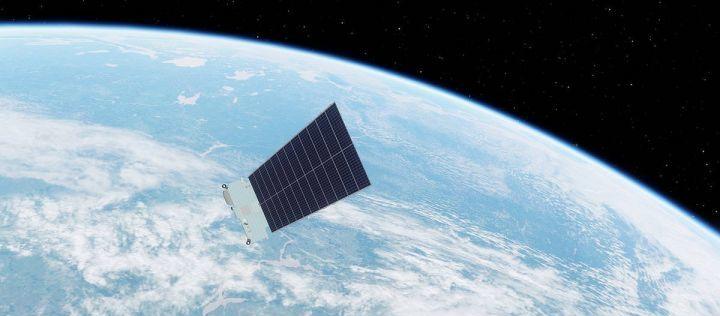On Tuesday, SpaceX lost as many as 40 new Starlink satellites at once due to a magnetic storm just one day after the Falcon 9 launch last Thursday (February 3).
The so-called magnetic storm is because of the violent disturbance of the Earth's magnetic field caused by the solar outburst. The magnetic storm was a G1-magnitude magnetic storm caused by the solar M-class flare on January 30. The eruption lasted more than 4 hours and was accompanied by a coronal mass ejection in the direction of Earth.
In general, changes in geomagnetism cause the attitude of satellites in orbit to change, affecting normal communications,[2][3] and not causing the satellites to crash directly.
This time is different. So how did this magnetic storm directly scrap so many satellites at once?
Atmospheric expansion
When solar wind particles enter the Earth's atmosphere, they trigger Joule heating and high-energy particle sedimentation heating, causing the atmosphere to expand outward due to heating. This will increase the density of the originally extremely thin upper atmosphere where the low-orbit satellite is located, which will cause the atmospheric resistance to suddenly increase, causing the satellite to unexpectedly slow down and deviate from the intended channel, and finally fall to The Earth prematurely and disintegrate.
According to the GPS data on board of this batch of satellites, the magnetic storm caused atmospheric drag to be as much as 50% higher than the previous rounds of launches.
